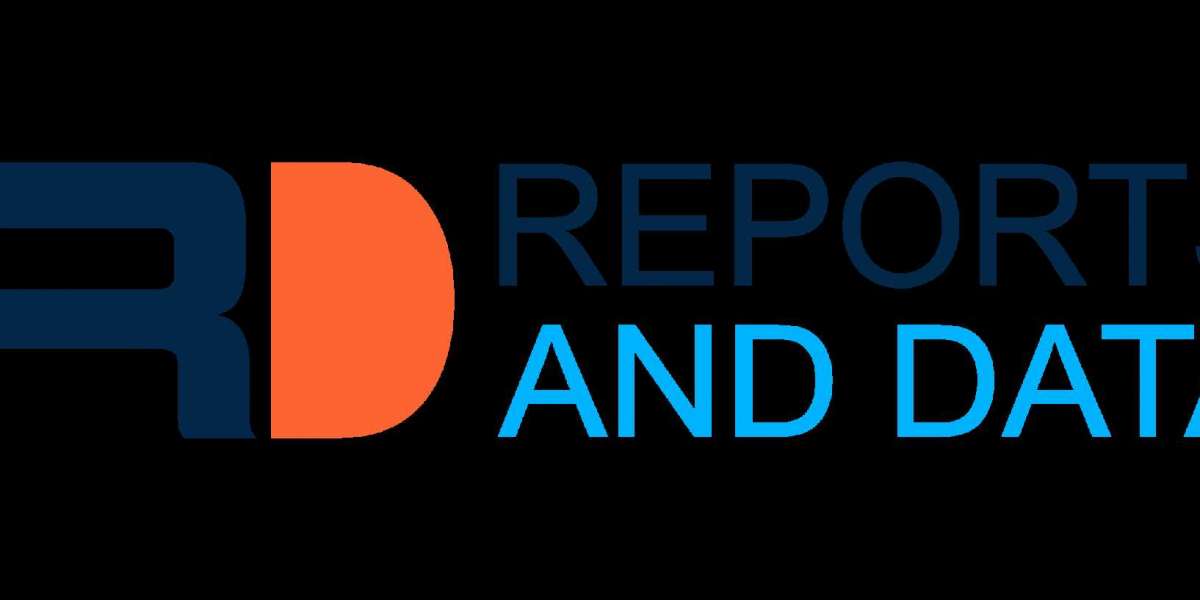The global hemodynamic monitoring devices market was valued at USD 958.7 Million in 2020 and is expected to reach USD 1,573.3 Million by the year 2028, at a CAGR of 6.3%. The measurement or estimation of hemodynamic variables such as blood pressure, blood flow, cardiac contractility, cardiac preload, and cardiac afterload plays a crucial role in the monitoring and diagnostic procedures especially in the intensive care unit or in case of patients having major surgery. Hemodynamic monitoring devices facilitate the accurate assessment of blood flow from inside the arteries, heart, and veins. Hemodynamic monitoring plays a fundamental role in the management of acutely ill patients. According to the Society of Critical Care Medicine, the annual cost of critical care has significantly increased in recent years. These devices are extensively used in monitoring the critical patient's post-surgery as well as in many procedures. With increased concerns about the use of invasive techniques, notably the pulmonary artery catheter, to measure cardiac output monitoring can help to identify underlying pathophysiological processes so that appropriate forms of therapy can be selected.
Invasive hemodynamic monitoring is one of the major competencies required for critical care nurses. In clinical routine, it is commonly performed during high-risk surgery and in intensive care medicine. Continuous assessment of the clinical conditions of the cardiovascular system is essential for critically ill patients to diagnose and manage complex medical conditions. According to WHO, 17.9 million people die each year from cardiovascular diseases, which is an estimated 31% of all deaths worldwide. According to data, the cases of cardiovascular diseases are increasing in developing countries, which is expected to boost the market during the forecast period. The increasing digitalization of hospital systems, rise in aging demographics diagnosed with chronic diseases, high incidence of cardiovascular diseases, technological developments, and high level of research and development facilitate the growth of the global hemodynamic monitoring devices market. Moreover, adequate reimbursement, extensive use for post-surgery monitoring of critically ill patients, and increased government focus to improve medical care infrastructure are further anticipated to boost the market during the forecast period.
The key companies design organic and inorganic strategies to enhance their product offerings and improve their regional standing. Accuracy remains the key parameter for RD of the product as technical error may lead to false readings as well as mal-functioning of the monitoring system, which will, in turn, directly affect the patient's actual monitoring. However, dynamic regulatory guidelines, shortage of trained professionals, high risk pertaining to invasive hemodynamic monitoring devices, competitive pricing, and high costs of investments in research development are the key factors hindering the market growth.
Get a sample copy of the Hemodynamic Monitoring Devices Market report, visit @
https://www.reportsanddata.com/download-free-sample/2122
Further key findings from the report suggest
- The global Hemodynamic Monitoring devices market is forecasted to grow with a CAGR of 6.5% due to high incidence of cardiovascular diseases and diabetes
- The non-invasive type segment is forecasted to register the highest CAGR of 7.2%. Non-invasive systems allow the in-house assessment of hemodynamic statistics without compromising on the accuracy and reliability thereby increasing their demand during the forecast period
- The invasive segment lead the global hemodynamic monitoring devices market and is expected to be dominant in the upcoming years accounting for a market share of 38.8%. The invasive devices provide accurate and comprehensive data of the patients and hence is preferred the most
- The disposables segment dominated the market in terms of revenue generation. Furthermore, the monitoring devices market is expected to witness modest growth
- The hemodynamic monitoring devices are used in Hospitals extensively in a number of surgeries, for accurate monitoring of critically ill patients which drives the Hospital segment growth robustly. The hospital segment is expected to achieve market share of 37.0% during the period of 2019-2026
- The Asia Pacific region is projected to be the fastest growing regional market with a CAGR of 7.3%. The factors fostering the market growth are Economic development in leading countries of India, China and Japan along with favorable government initiatives towards improving healthcare infrastructure is expected fuel market growth
- The North America region accounted for the largest market share of the global Hemodynamic Monitoring devices market in 2018 and is estimated to continue its dominance with a share of 3% in terms of revenue generation
- Tandem Mass Spectrometry segment dominated with a market share of 40.0% in 2018 and is expected to maintain its lead due to its increasing use in combination with liquid chromatography which aids in overcoming challenges associated with traditional techniques in Hemodynamic Monitoring devices
- Key participants include Edwards Lifesciences Corporation, ICU Medical, Inc., LiDCO Group Plc., Drager Medical GmbH, Cheetah Medical, Hemo Sapiens, Inc., GE Healthcare, Schwarzer Cardiotek GmbH, Teleflex Incorporated, Siemens, Osypka Medical GmbH, PULSION Medical Systems SE, Deltex Medical Group Plc., Tensys Medical, Inc., McKessen, and Philips Medical.
To know more about the latest insights of the report, visit @
https://www.reportsanddata.com/request-latest-insight/2122
For the purpose of this report, Reports and Data has segmented the Hemodynamic Monitoring devices market on the basis of Product type, type, End-use, and region:
Product (Revenue, USD Million; 2018–2028)
- Monitors
- Disposables
Type (Revenue, USD Million; 2018–2028)
- Invasive
- Minimally invasive
- Non-invasive
- ECG
- Blood Pressure
- Urine Output
- Thoracic Electrical Bioimpedence
- Others
End - Use (Revenue, USD Million; 2018–2028)
- Hospitals
- Clinics Ambulatory Care Centres (ACCs)
- Homecare Settings
- Others
Regional Outlook (Revenue in USD Million; 2018–2028)
- North America
- U.S.
- Canada
- Europe
- Germany
- France
- UK
- Spain
- Italy
- Rest of the Europe
- Asia Pacific
- China
- India
- Japan
- Rest of Asia-Pacific
- Middle East Africa
- Latin America
- Brazil
Request a customized copy of the report @
https://www.reportsanddata.com/request-customization-form/2122
Thank you for reading our report. To inquire about customization or any query about the report, please get in touch with us. Our team will make sure the report is best suited to your needs.
About Reports and Data
Reports and Data is a market research and consulting company that provides syndicated research reports, customized research reports, and consulting services. Our solutions purely focus on your purpose to locate, target, and analyze consumer behaviour shifts across demographics, across industries, and help clients to make smarter business decisions. We offer market intelligence studies ensuring relevant and fact-based research across multiple industries, including Healthcare, Touch Points, Chemicals, Products, and Energy. We consistently update our research offerings to ensure our clients are aware of the latest trends existent in the market. Reports and Data has a strong base of experienced analysts from varied areas of expertise. Our industry experience and ability to develop a concrete solution to any research problems provides our clients with the ability to secure an edge over their respective competitors.
Contact:
John W, Head of Business Development
Reports And Data | Web: www.reportsanddata.com
Direct Line: +1-212-710-1370
E-mail: sales@reportsanddata.com
LinkedIn | Twitter | Blogs








